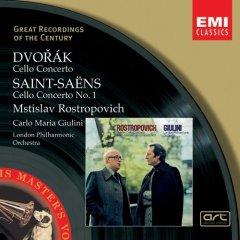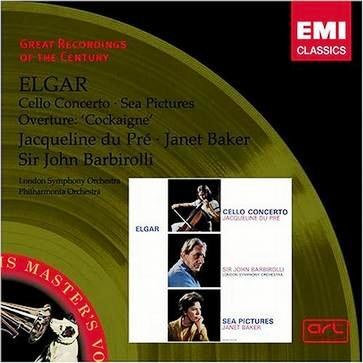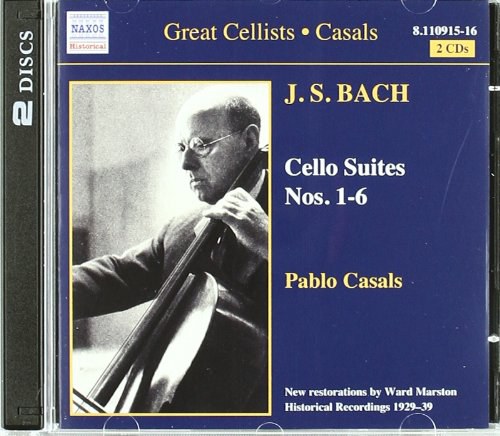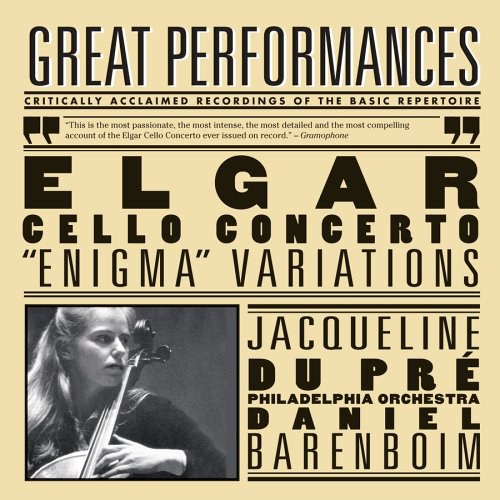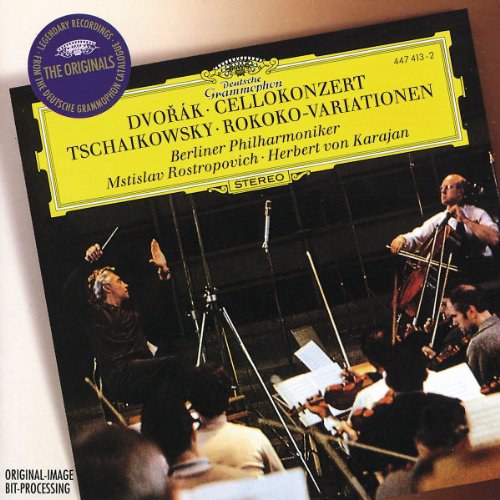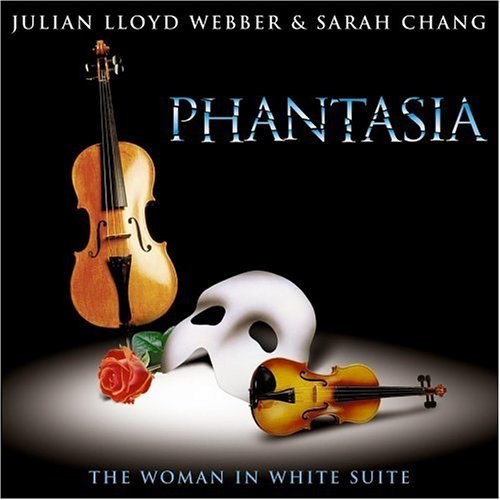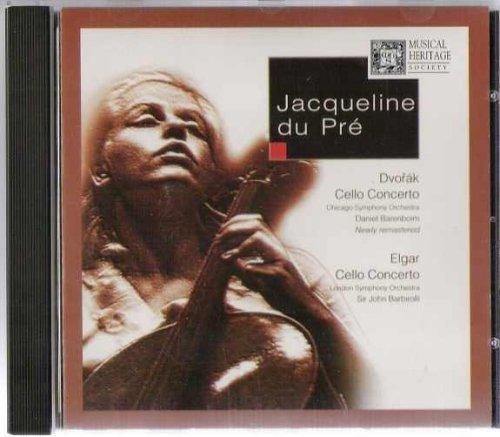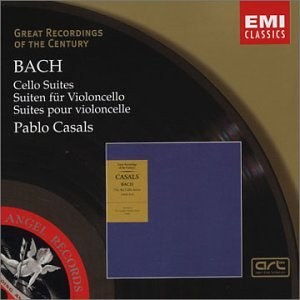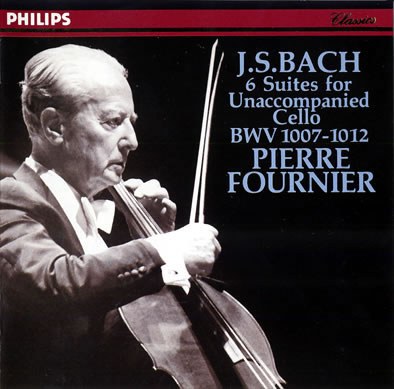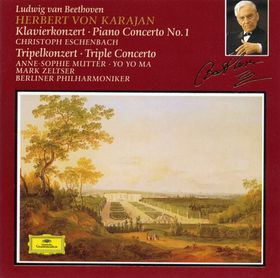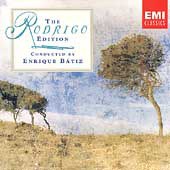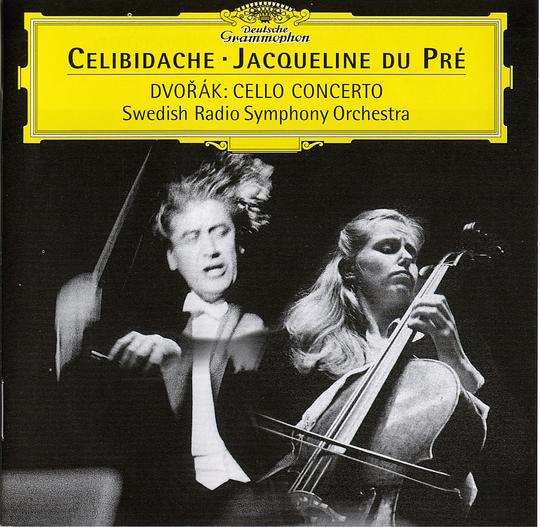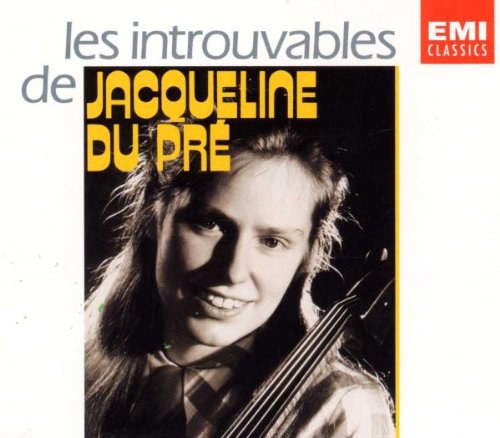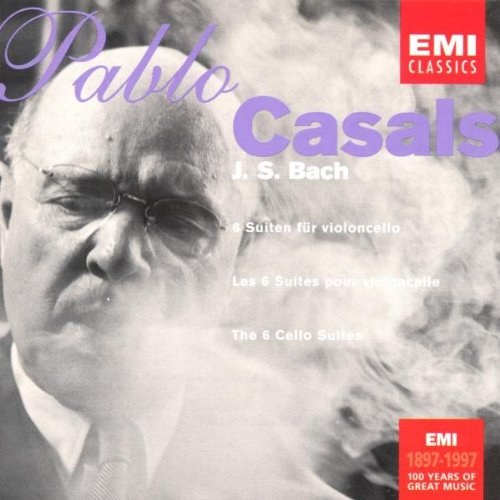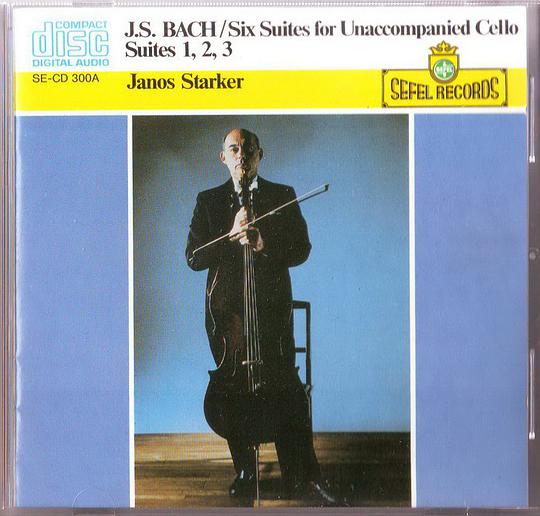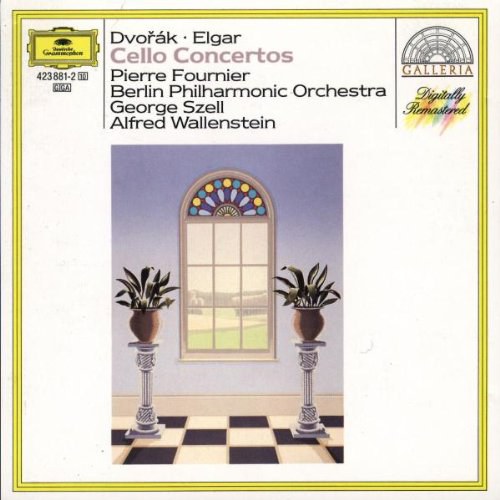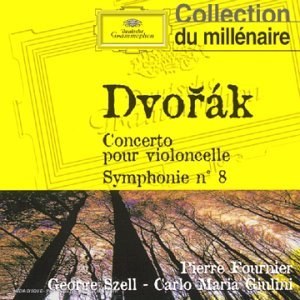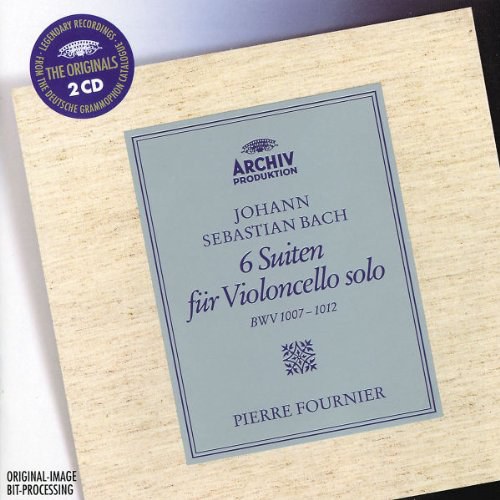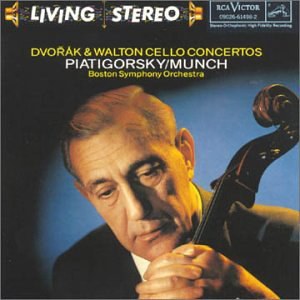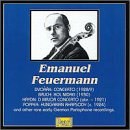Disc 1
01 Suite No. 1 in G Major, BWV 1007: I. Prélude 2:38
02 Suite No. 1 in G Major, BWV 1007: II. Allemande 5:20
03 Suite No. 1 in G Major, BWV 1007: III. Courante 3:03
04 Suite No. 1 in G Major, BWV 1007: IV. Sarabande 3:28
05 Suite No. 1 in G Major, BWV 1007: V. Menuets I et II 3:39
06 Suite No. 1 in G Major, BWV 1007: VI. Gigue 1:50
07 Suite No. 4 in E-Flat Major, BWV 1010: I. Prélude 4:14
08 Suite No. 4 in E-Flat Major, BWV 1010: II. Allemande 5:06
09 Suite No. 4 in E-Flat Major, BWV 1010: III. Courante 3:44
10 Suite No. 4 in E-Flat Major, BWV 1010: IV. Sarabande 5:02
11 Suite No. 4 in E-Flat Major, BWV 1010: V. Bourrées I et II 5:49
12 Suite No. 4 in E-Flat Major, BWV 1010: VI. Gigue 2:55
13 Suite No. 6 in D Major, BWV 1012: I. Prélude 5:03
14 Suite No. 6 in D Major, BWV 1012: II. Allemande 8:09
15 Suite No. 6 in D Major, BWV 1012: III. Courante 3:52
16 Suite No. 6 in D Major, BWV 1012: IV. Sarabande 5:47
17 Suite No. 6 in D Major, BWV 1012: V. Gavottes I et II 5:17
18 Suite No. 6 in D Major, BWV 1012: VI. Gigue 4:14
Disc 2
01 Suite No. 2 in D Minor, BWV 1008: I. Prélude 4:10
02 Suite No. 2 in D Minor, BWV 1008: II. Allemande 4:10
03 Suite No. 2 in D Minor, BWV 1008: II. Courante 2:18
04 Suite No. 2 in D Minor, BWV 1008: IV. Sarabande 6:08
05 Suite No. 2 in D Minor, BWV 1008: V. Menuets I et II 3:27
06 Suite No. 2 in D Minor, BWV 1008: VI. Gigue 3:07
07 Suite No. 3 in C Major, BWV 1009: I. Prélude 4:15
08 Suite No. 3 in C Major, BWV 1009: II. Allemande 4:43
09 Suite No. 3 in C Major, BWV 1009: III. Courante 3:49
10 Suite No. 3 in C Major, BWV 1009: IV. Sarabande 5:00
11 Suite No. 3 in C Major, BWV 1009: V. Bourrées I et II 4:35
12 Suite No. 3 in C Major, BWV 1009: VI. Gigue 3:43
13 Suite No. 5 in C Minor, BWV 1011: I. Prélude 8:18
14 Suite No. 5 in C Minor, BWV 1011: II. Allemande 7:14
15 Suite No. 5 in C Minor, BWV 1011: III. Courante 2:54
16 Suite No. 5 in C Minor, BWV 1011: IV. Sarabande 3:37
17 Suite No. 5 in C Minor, BWV 1011: V. Gavottes I et II 5:33
18 Suite No. 5 in C Minor, BWV 1011: VI. Gigue 2:46
